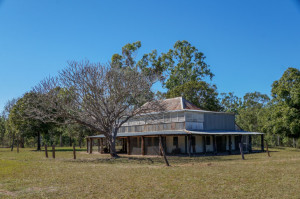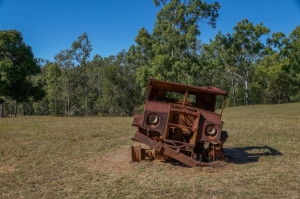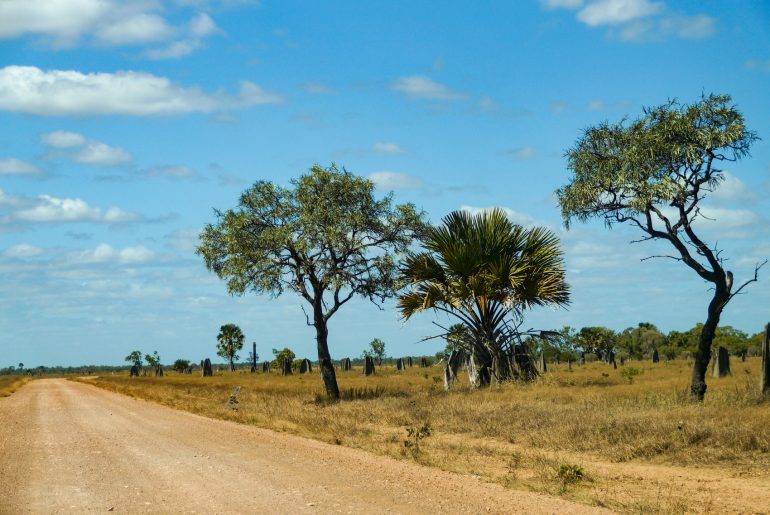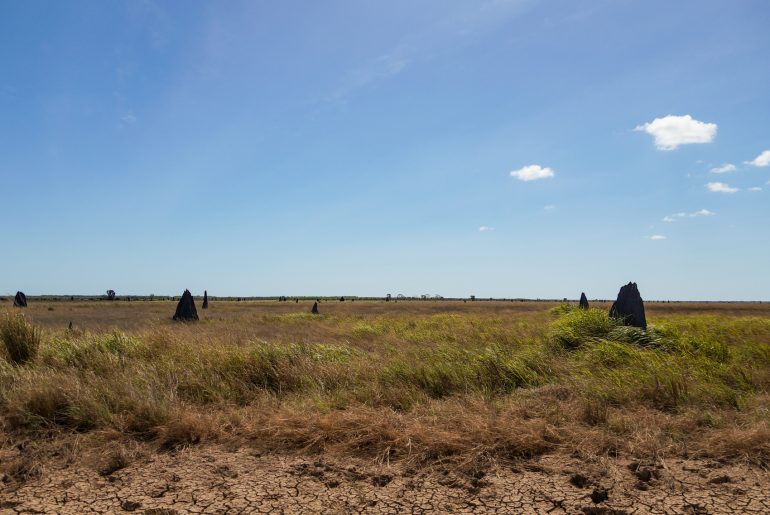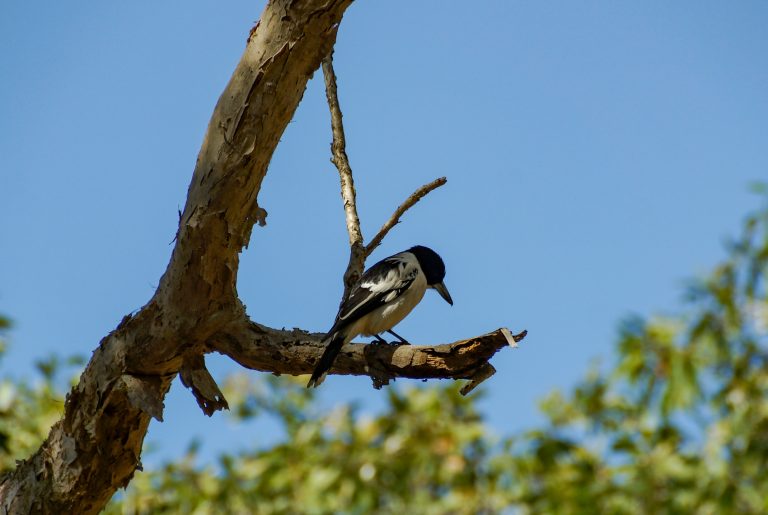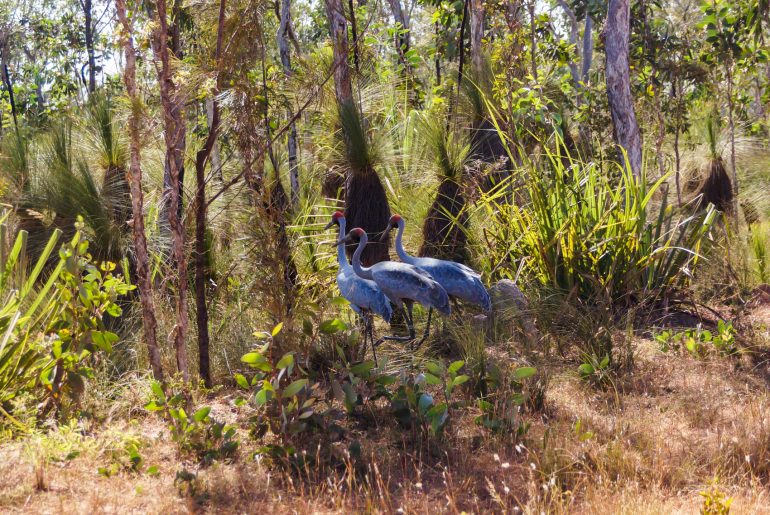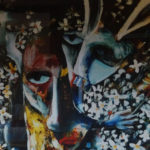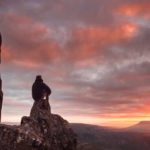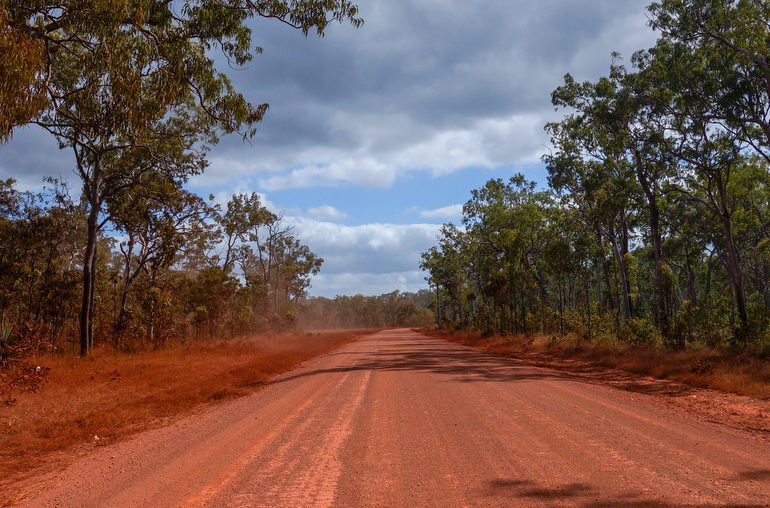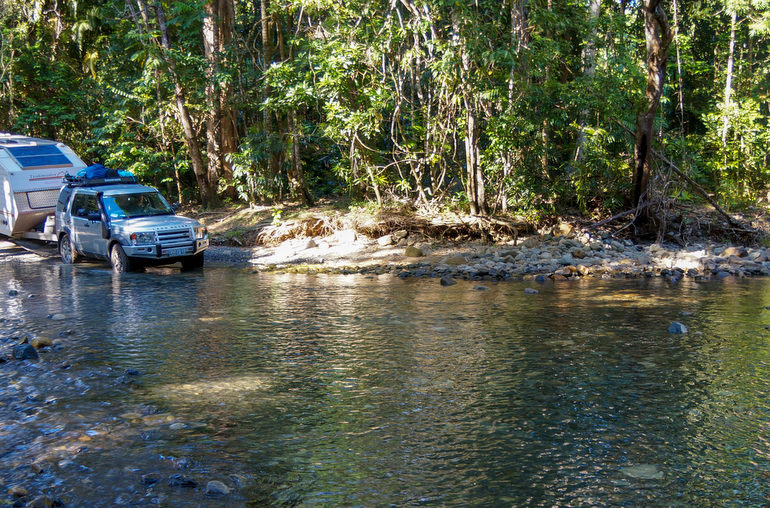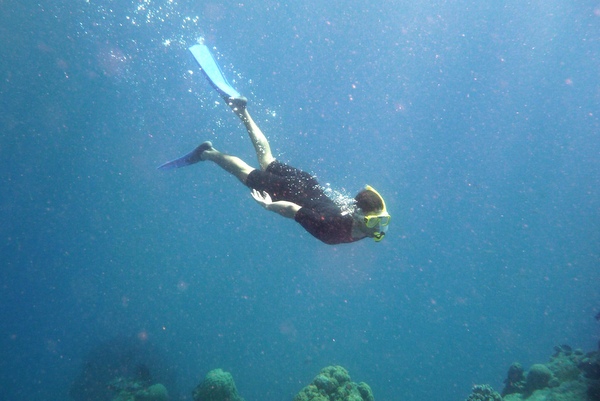On the drive up Queensland’s Cape York Peninsula, there aren’t a lot of route options. You can go one way…or the other way.
Often road conditions make the decision for you.
But if you have a choice, Rinyirru (Lakefield) National Park is worth exploring. During almost two weeks on the peninsula – a landscape dominated by red dirt roads and dense bush – Rinyirru is scenic respite. Its open plains, wetlands and wildlife make for a stunning detour.
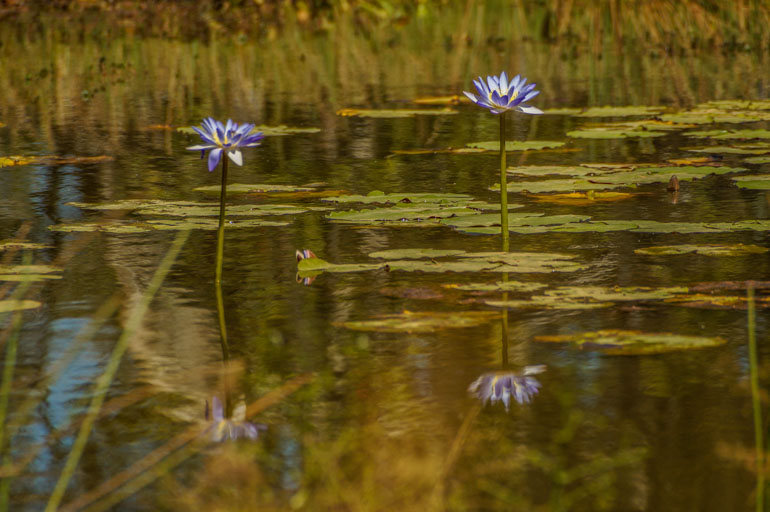
The area now known as Rinyirru has a rich Aboriginal and farming history. Before European settlement, it was occupied by nine different Aboriginal clans made up of 75 key family groups and the landscape is of cultural significance. The land was returned to its traditional owners in June 2011 and is jointly managed by the Rinyirru Land Trust and Queensland Government.
Rinyirru National Park is in the south east of the Cape York Peninsula, 340 kilometres north-west of Cairns. It’s Queensland’s second largest national park (5370 square kilometres), second to the 10,120-square-kilometre Munga-Thirri National Park (formerly the Simpson Desert National Park). Before it was established as a national park in 1979, the area was used for cattle grazing and breeding. One of the largest pastoral leases in the area was held by Laura Station.

Old Laura homestead
Laura Station was opened by Irish immigrants in 1881. The Old Laura homestead is one of the oldest of its kind still standing and parts of the building date back to 1892. It’s so hard to imagine what life out here would have been like. Even now – in a time of off-road vehicles and satellite phones – this place is remote. Back then, the landscape and harsh conditions could isolate the station so it was forced to become almost self-sufficient.
By the 1940s, the homestead was surrounded by a meat house, workshop and saddlery, cattle yards, a blacksmith and accommodation for the Aboriginal station hands. The latter, with their skills and knowledge of the land, are largely credited with keeping the station viable and competitive.
The homestead was last occupied in 1966, when the Lakefield Cattle Company purchased the Laura and Lakefield properties. The original homestead was abandoned in favour of New Laura, about 24 kilometres north. The Queensland Government purchased the two stations in 1978 (it is those properties that make up most of the national park area) and in 1986 a project was launched to restore the Old Laura Homestead, which is now listed on the state’s Heritage Register.
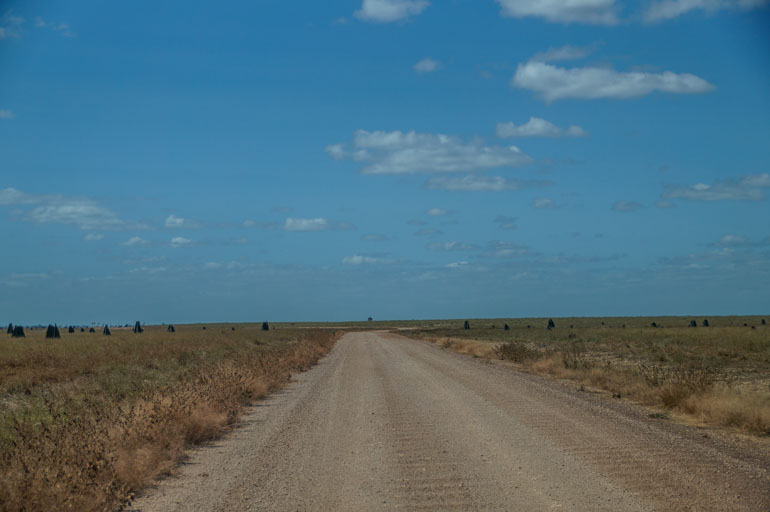
During the wet season Rinyirru floods and the road is impassable. It usually opens at the end of May, but even then it’s frequently 4WD-only territory. We briefly drove through the south-east corner of the park in July on our way along Battle Camp Road from Cooktown to Laura. Later, on our return from The Tip, we turned into Rinyirru at the Musgrave Roadhouse made the 190-kilometre drive back down to Laura.
Exploring Rinyirru (Lakefield) National Park
Old Laura is one of the few signs of settlement in Rinyirru. You can drive for an hour and barely see a fence post.
Crossing Nifold Plain in the north-west of the park, the landscape is savanna like – a scattering of trees and ant hills, and the odd beast, under a very big sky. Then you’ll spot a waterhole, filled with birds and lotus flowers. Perhaps a pelican will be cruising about. Two spots to look out for are Red Lily Lagoon and White Lily Lagoon – both are signposted from the main road.
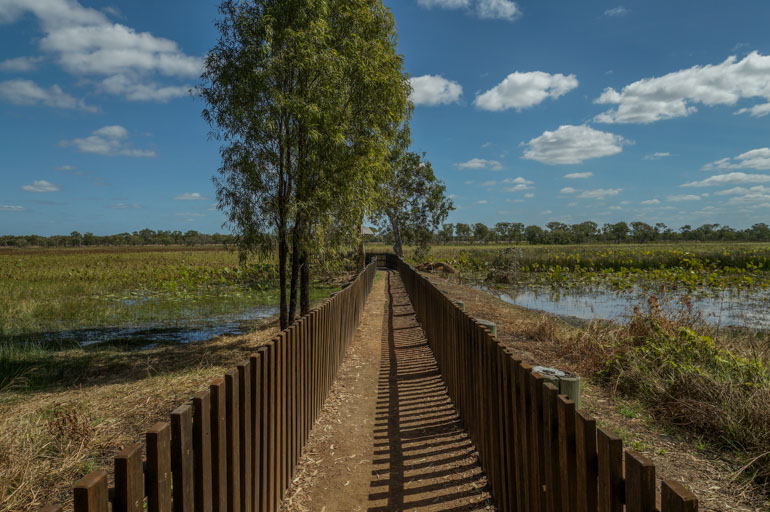
Unlike some of waterholes in Rinyirru, Red Lily Lagoon is full of water all year round. The most common plant here is the tall-standing lotus lily, which has big, beautiful pink flowers. Unfortunately we missed the flowering season, although even without the blooms it’s still beautiful. The lagoon attracts lots of birdlife, including brolgas and sarus cranes, so there will nearly always be something to watch here. A platform lets you stand out over the lagoon, although you still have to watch for crocs, as you do near any bit of water here. During our trip a sign on the edge of the Normandy River warned of a recent crocodile sighting at Kalpowar Crossing.
Driving through Rinyirru was one of the highlights of my time on the Cape York Peninsula. Its remote location means not many people get to experience this beautiful place.
In case you don’t get the chance to take a four-wheel-drive adventure through Cape York, I’m going to share some of my favourite photos from Rinyirru National Park.
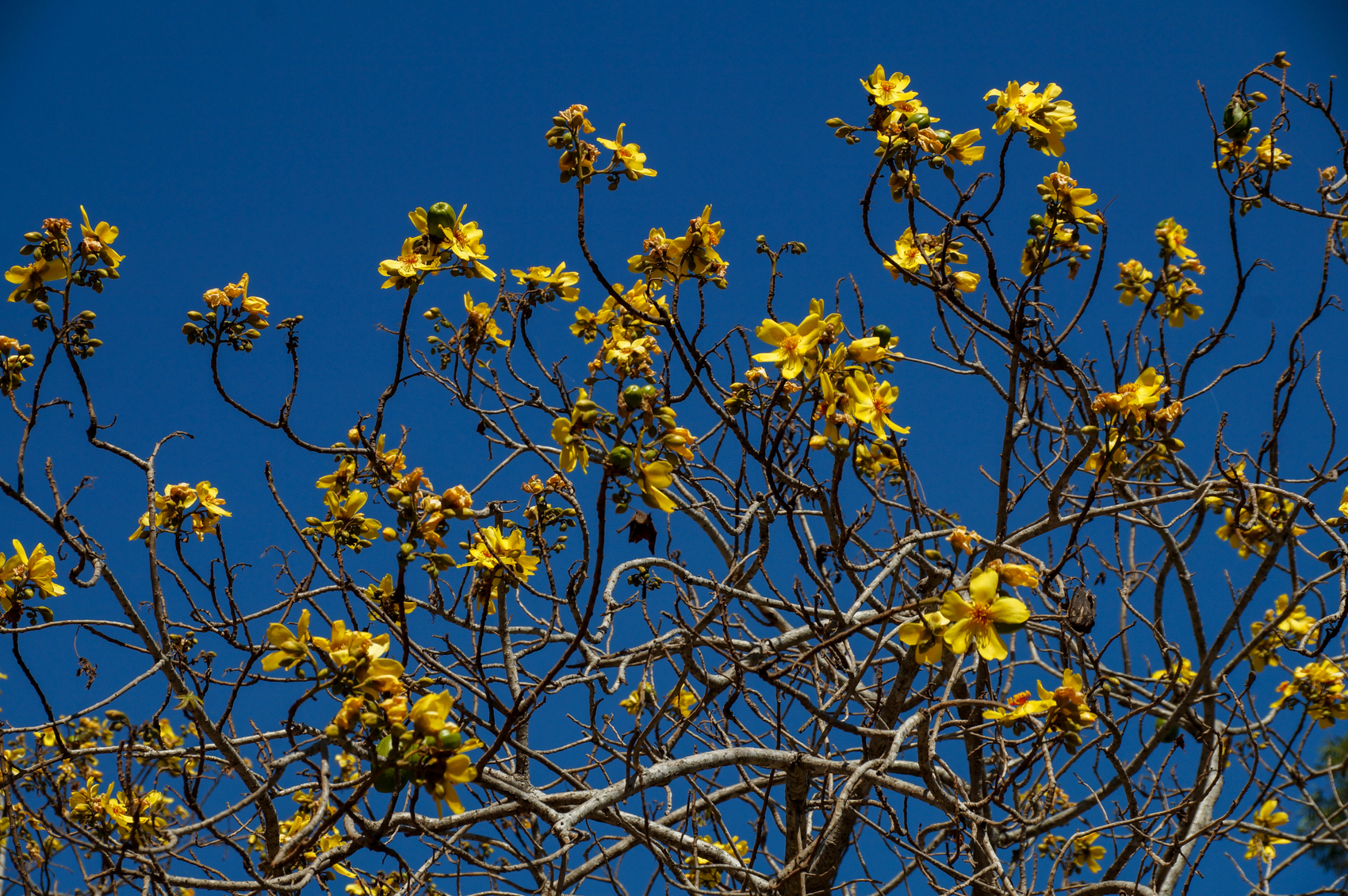
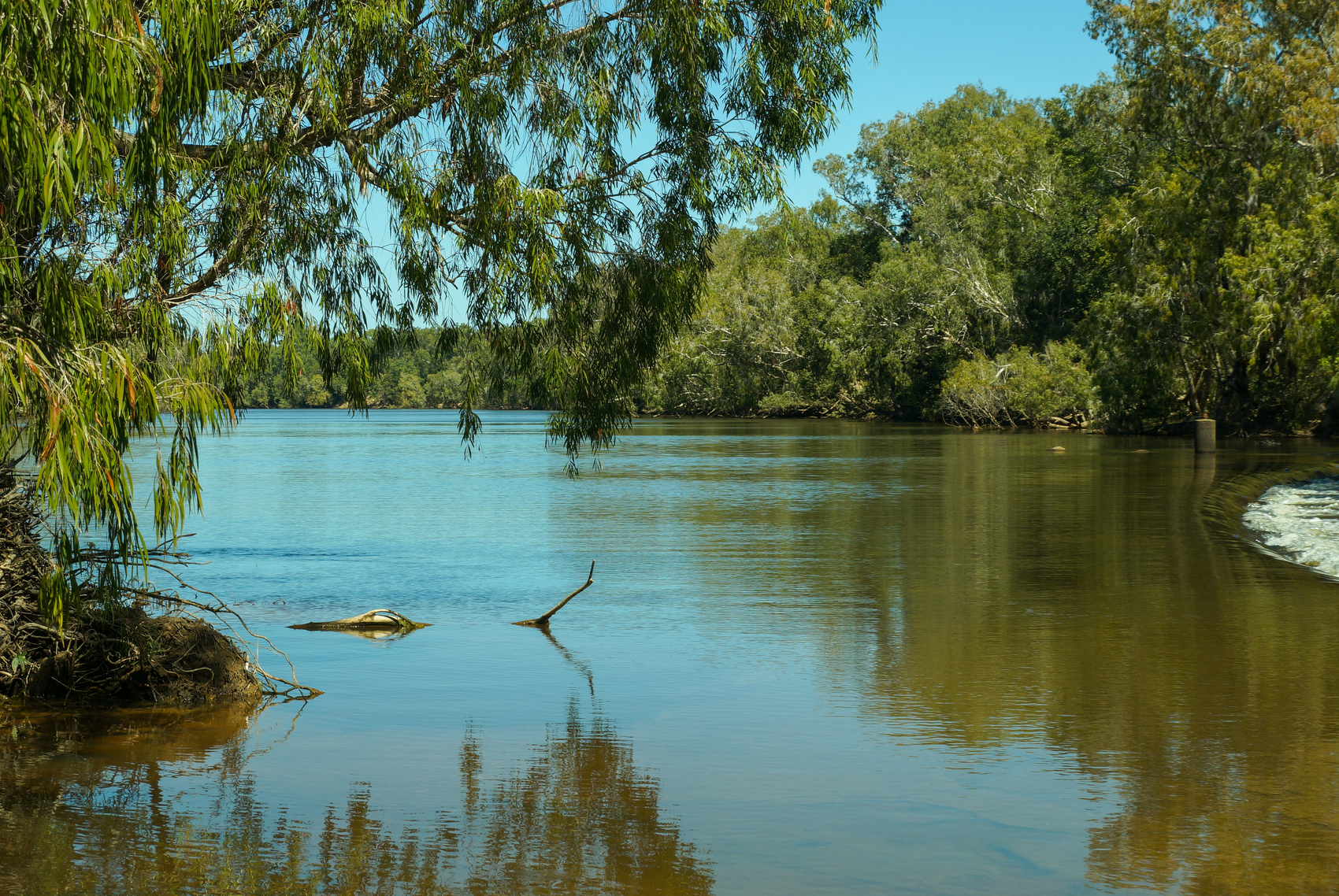
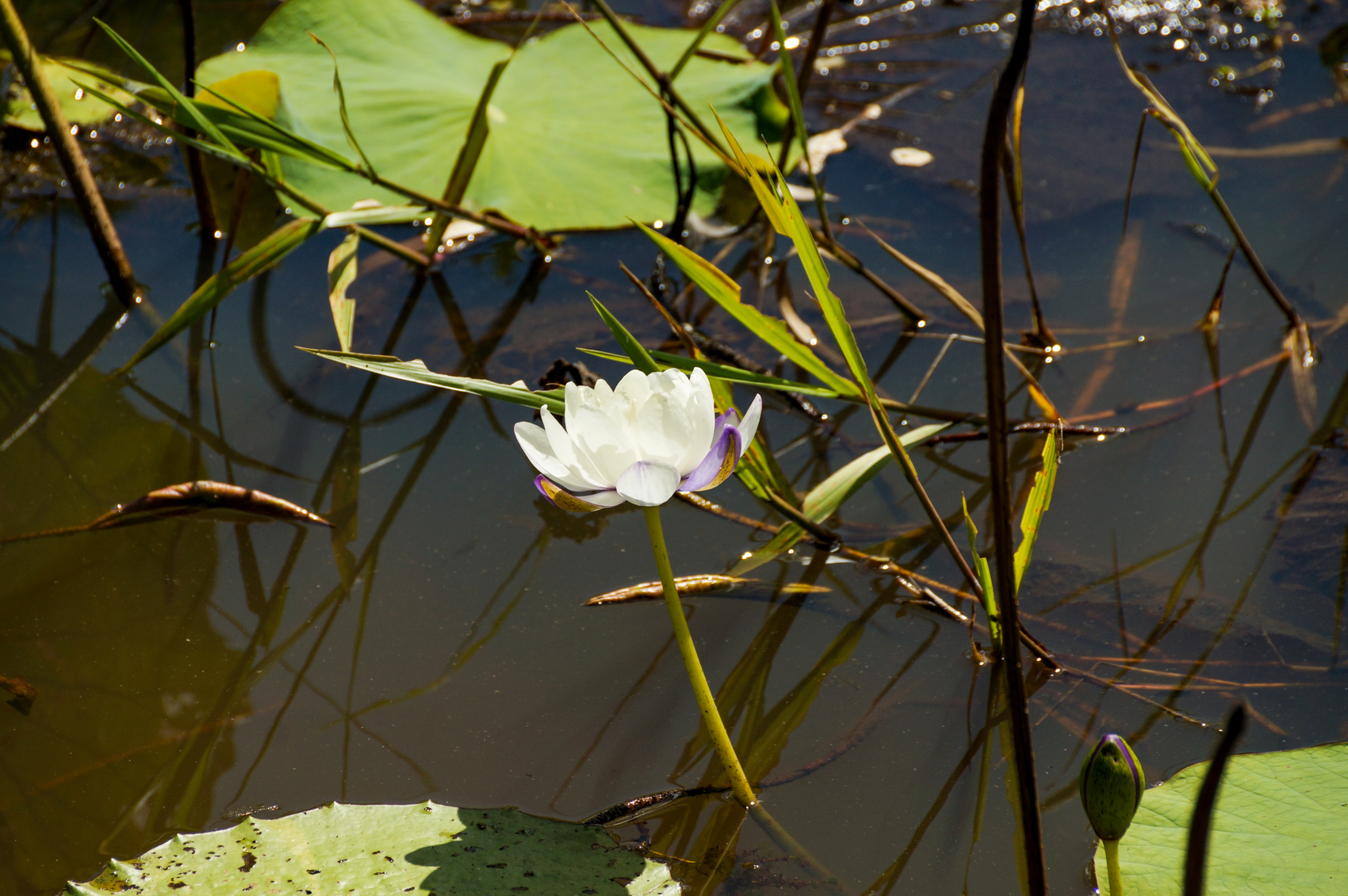
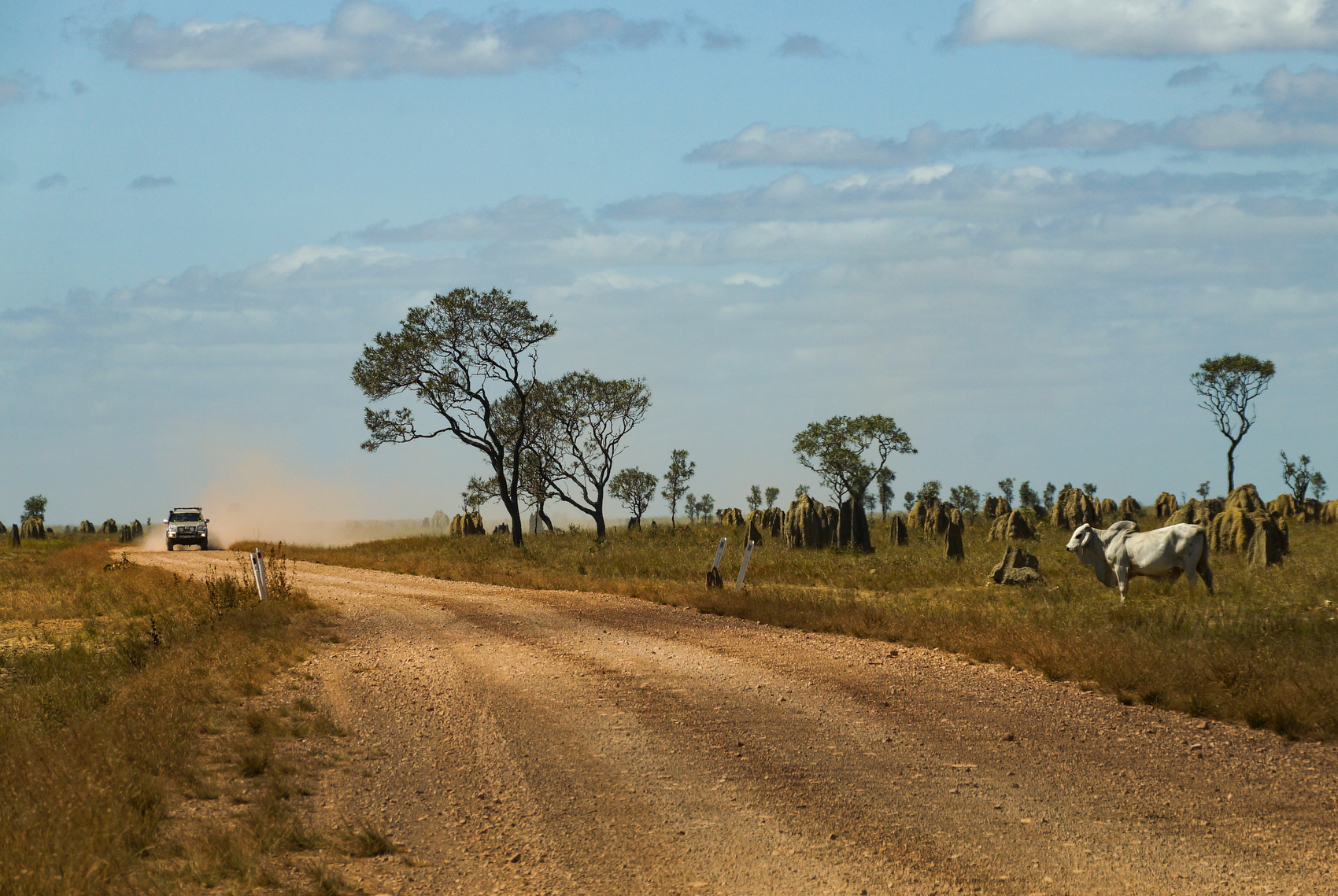
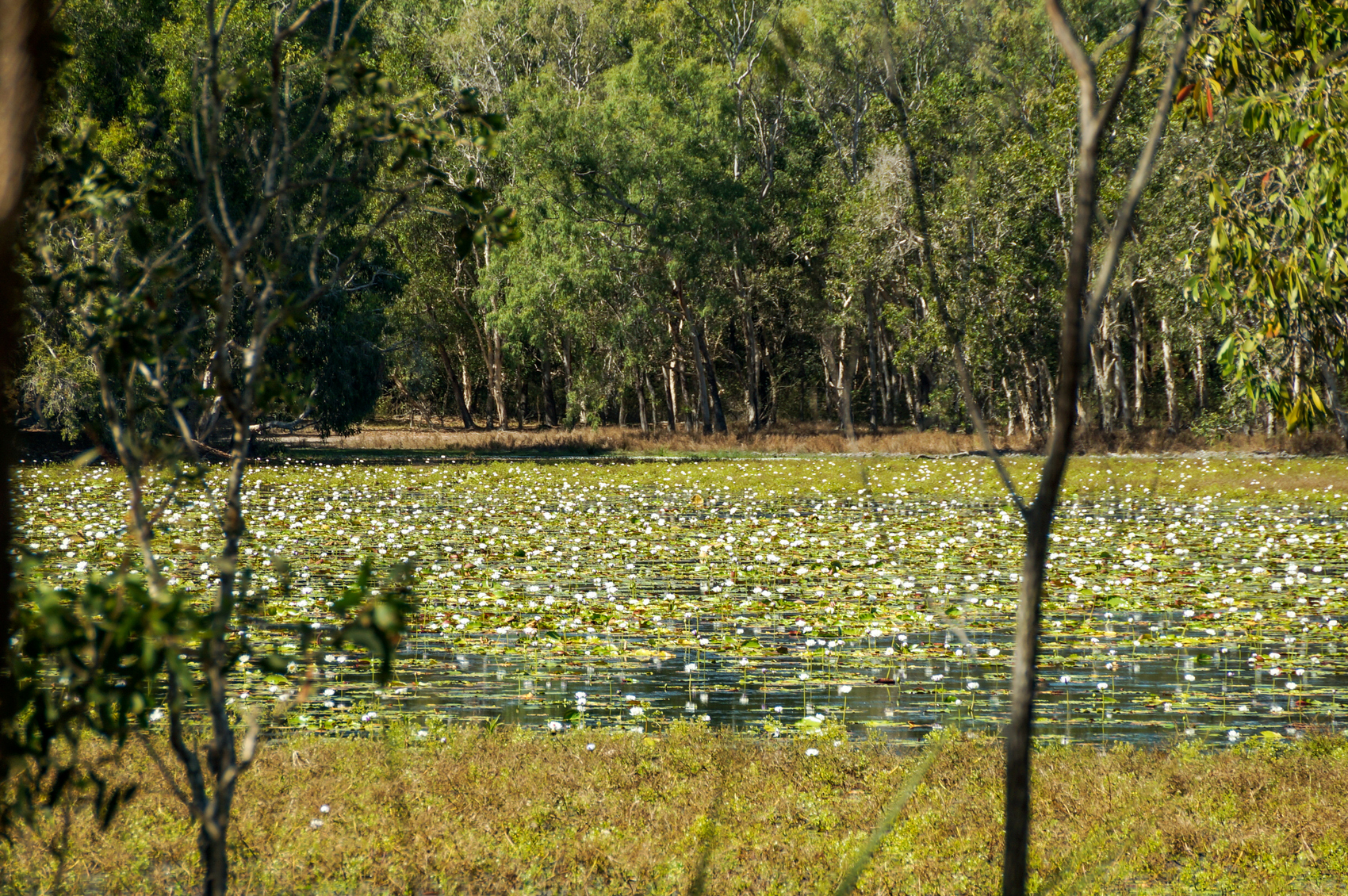
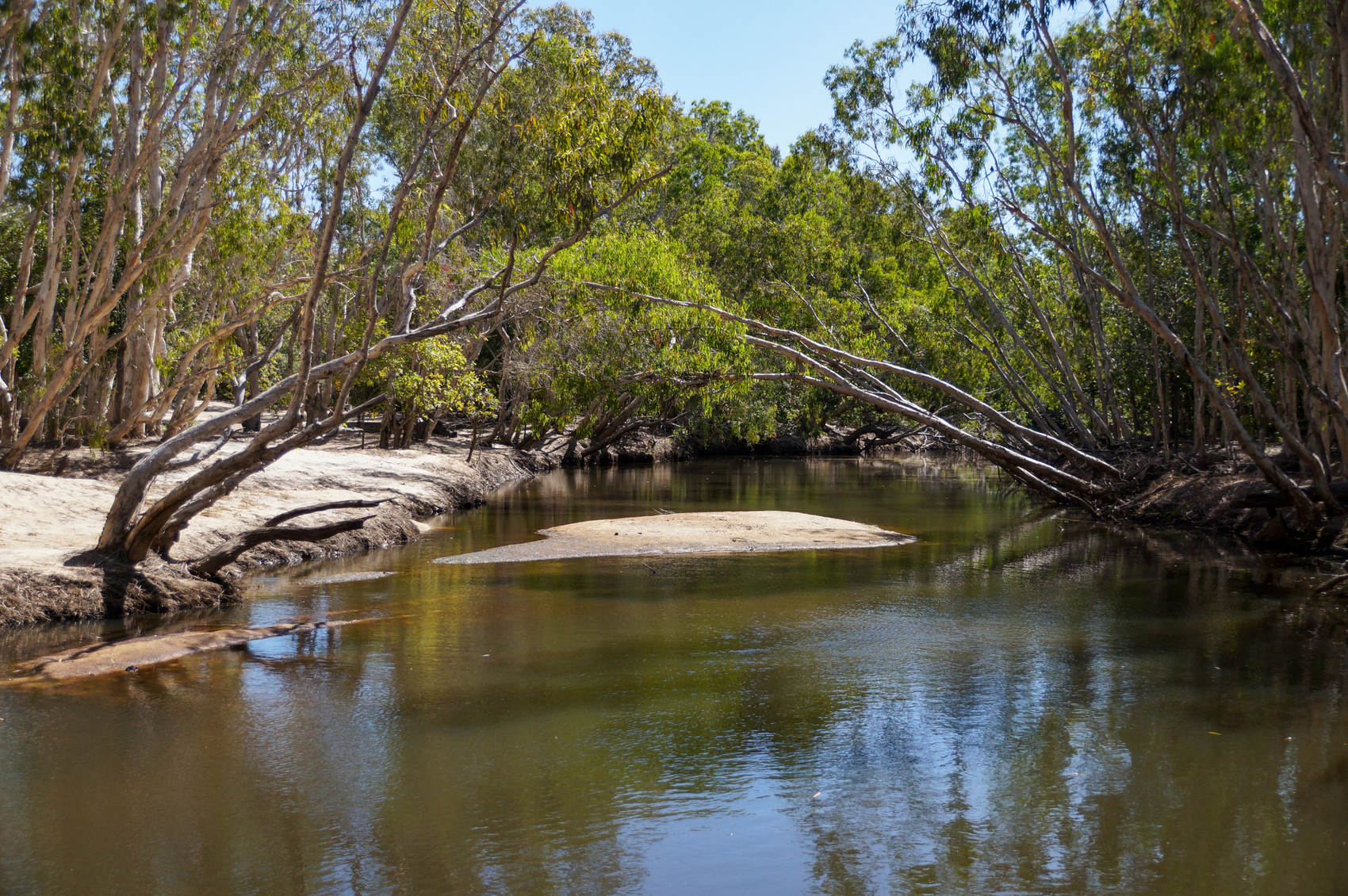
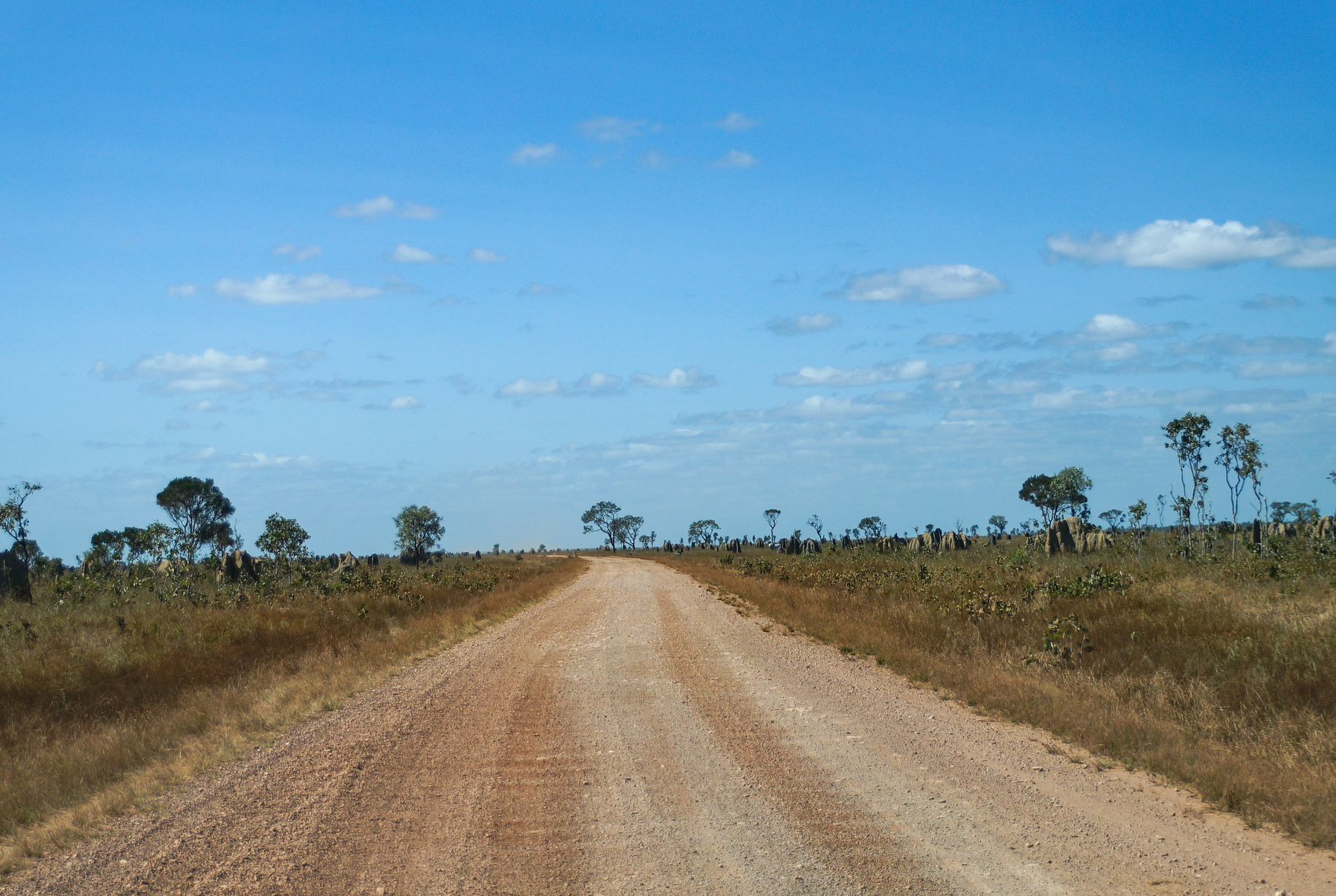
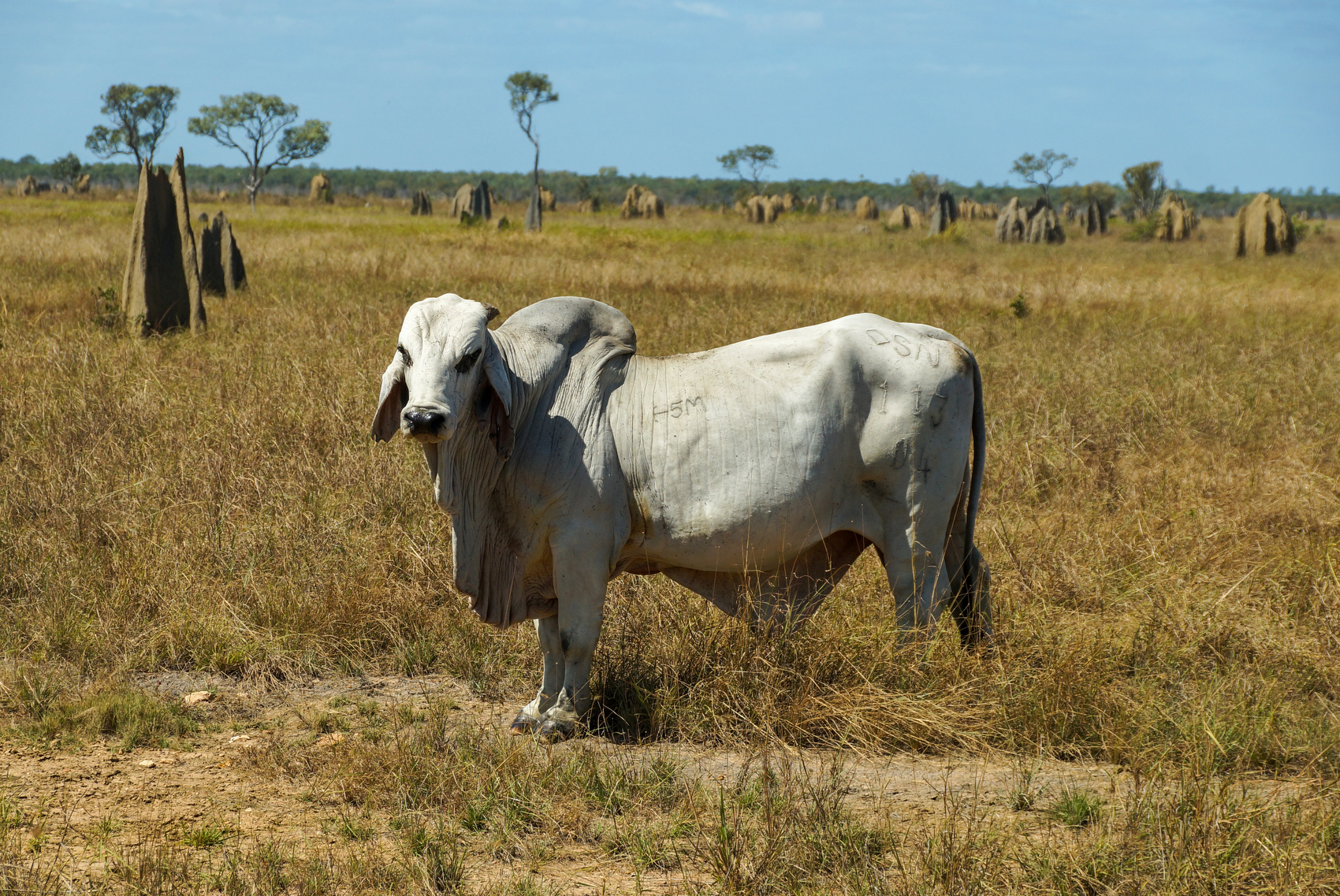
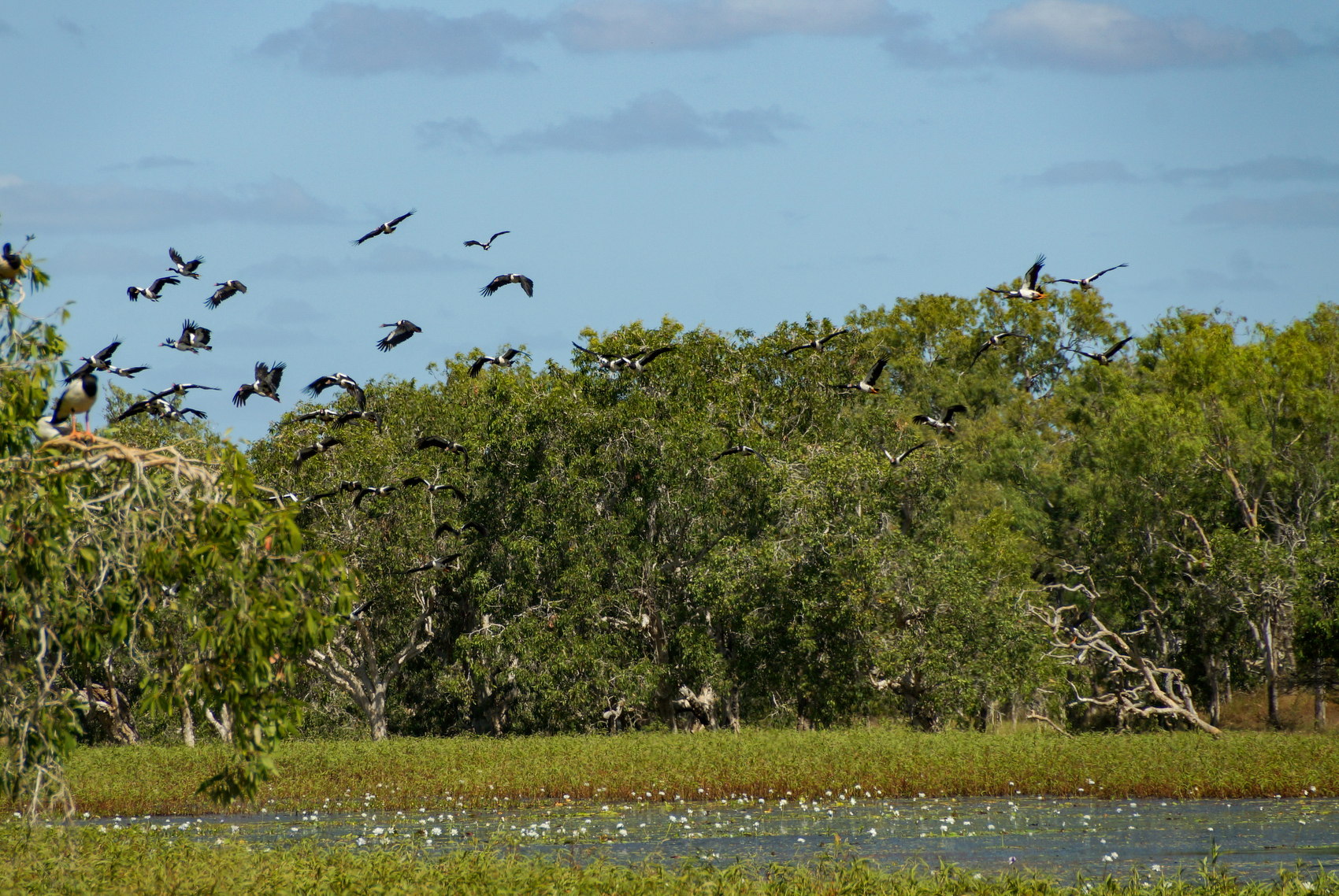
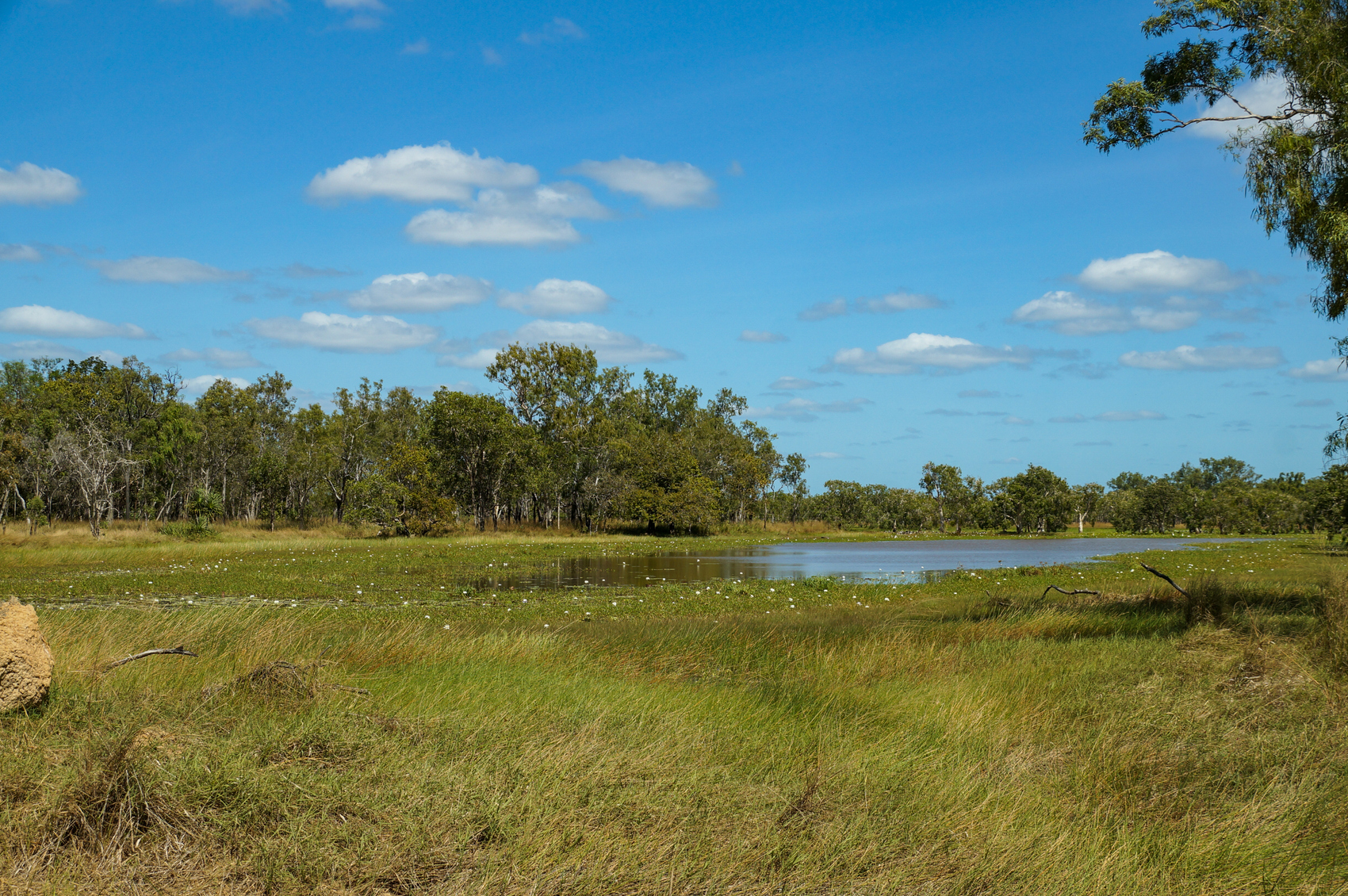

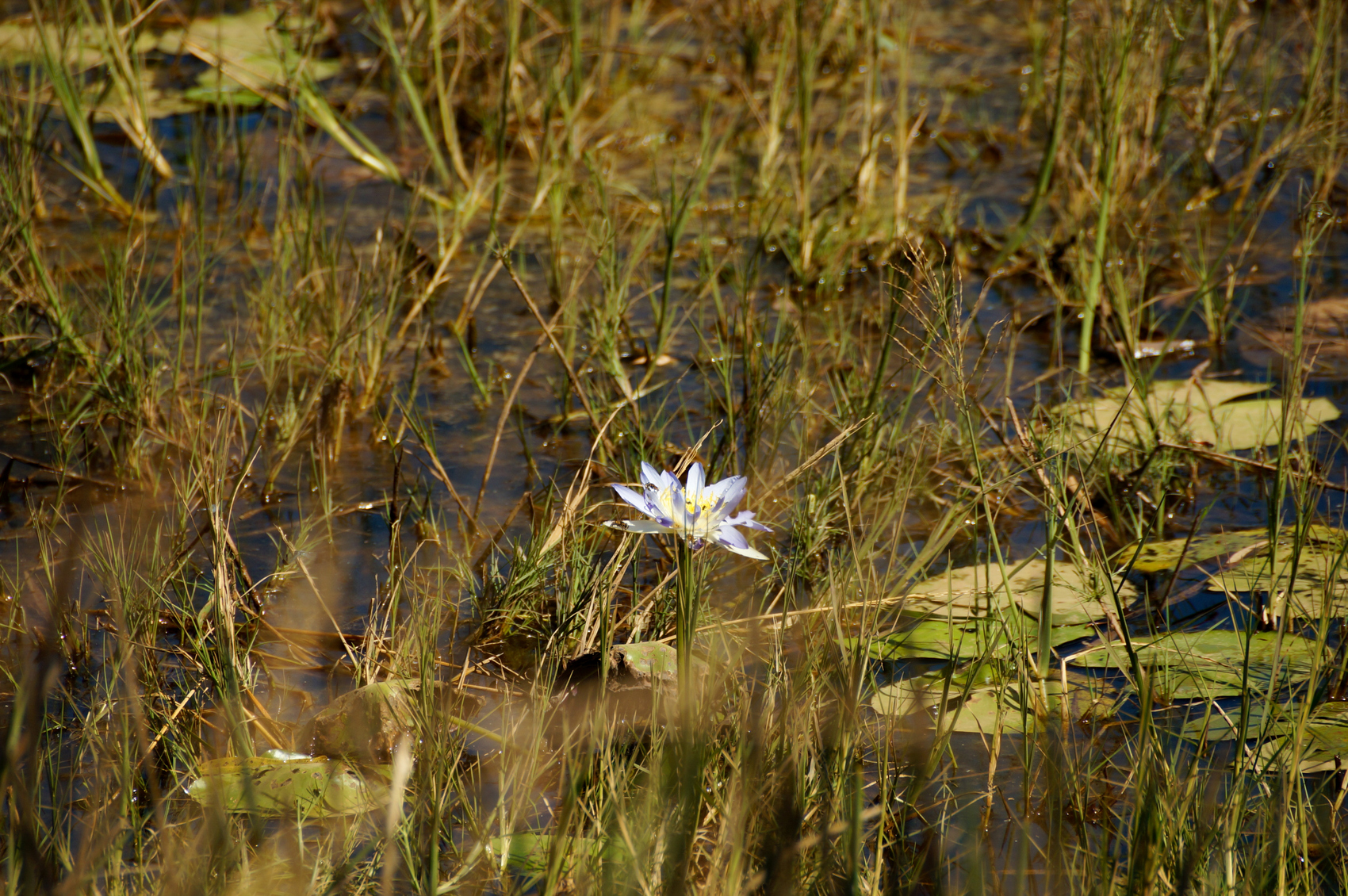
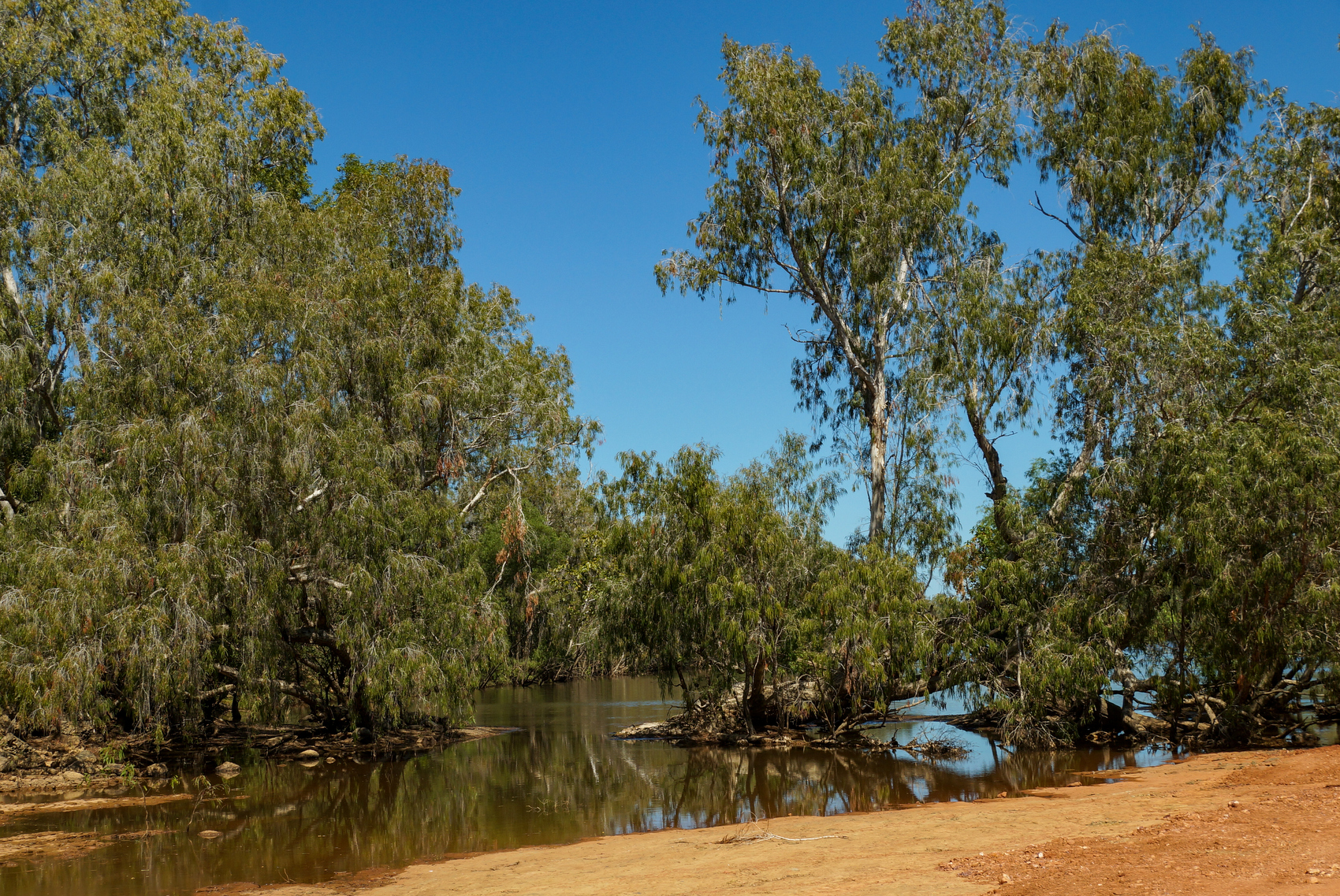
Camping is permitted within Rinyirru National Park, but must be pre-booked online or at the ranger base in the park, which is about halfway along Lakefield Rd, between Musgrave and Laura. More information is available here.
For information on road closures and conditions visit here.

